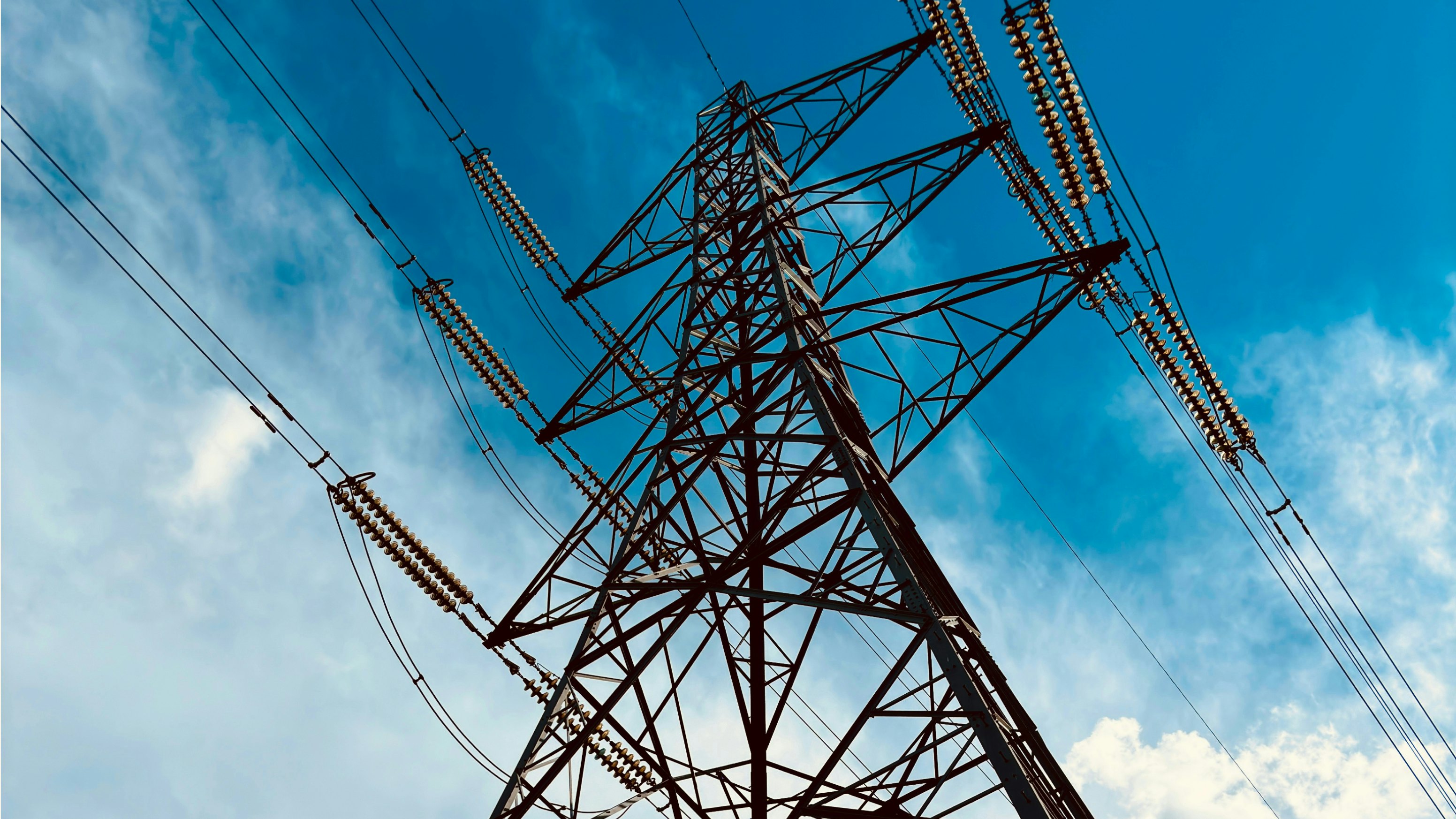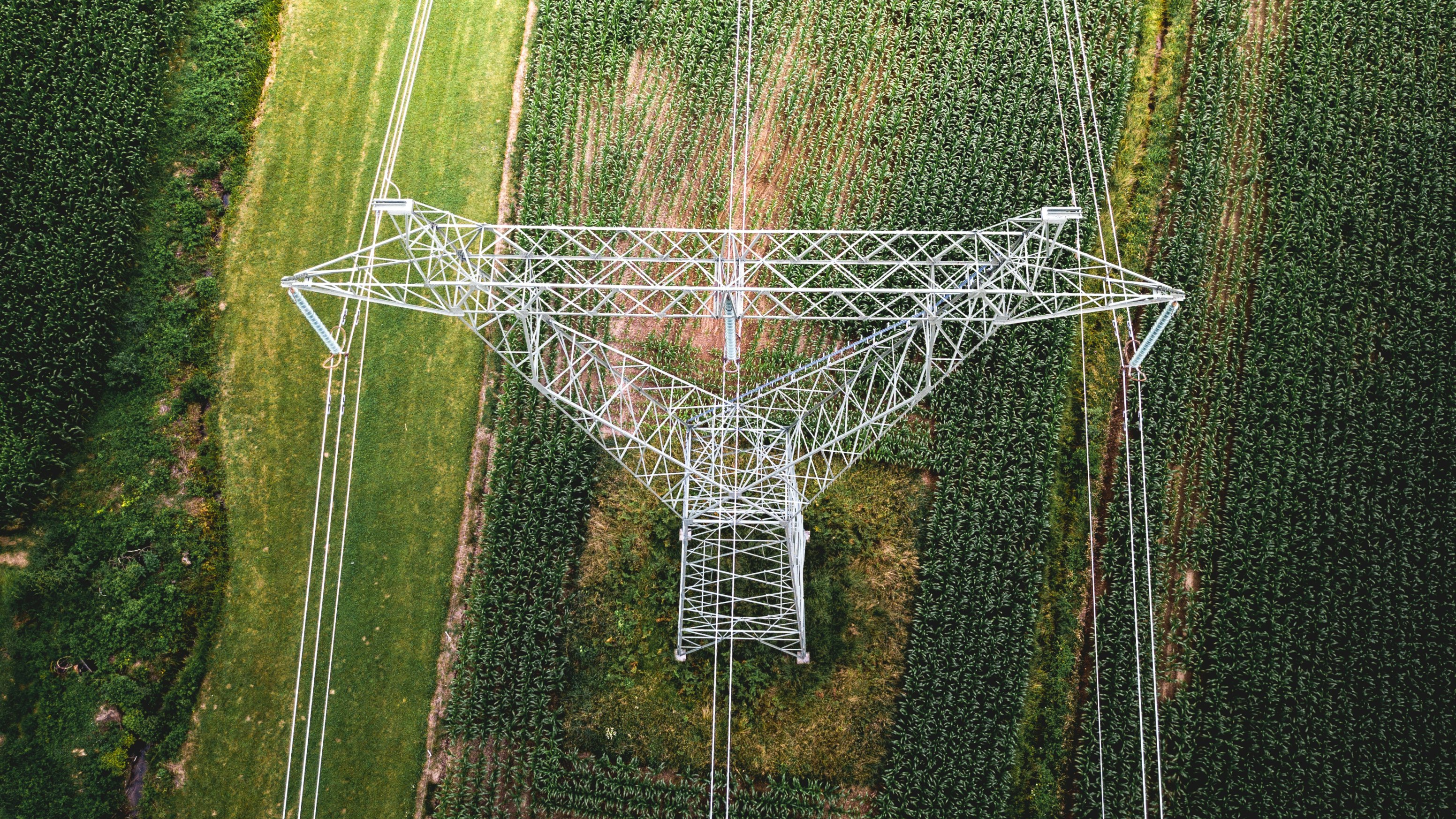Nine Indigenous climate activists you should know about
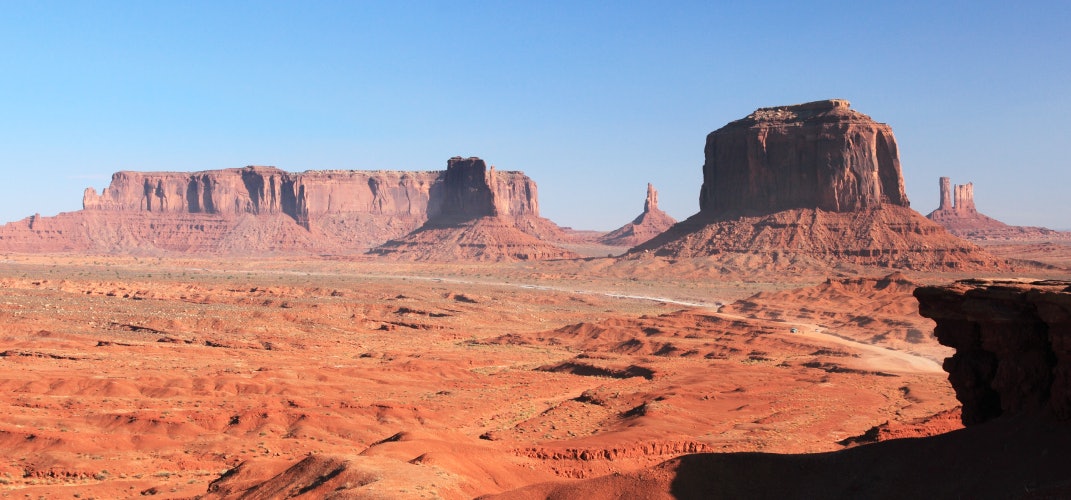
October 9th is Indigenous Peoples’ Day in the United States. While we believe that indigenous American heritage should be celebrated and elevated throughout the year, this specific day provides a good opportunity to reflect on the central role that Native peoples and activists play in the climate fight.
Why is it important to recognize Native and Indigenous activists?
Indigenous peoples are on the front lines of climate change. Government-forced relocation has made Native tribes more vulnerable to the effects of climate change. Tribes were forced onto the least desirable lands by settlers — in the US, they’ve lost 99% of their historical lands — and now they’re watching as those lands succumb to climate change from extreme heat to reduced rainfall to flooding. Forty percent of federally recognized tribes live in Alaska, where warming temperatures and melting sea ice threaten their way of life.
So it’s no surprise that Indigenous activists are on the front lines of the climate fight, too. For just one example, look at protests against fossil fuel projects such as oil pipelines. One study from the Indigenous Environmental Network and Oil Change International found that Indigenous-led actions against fossil fuel projects in the US and Canada have prevented or delayed carbon dioxide emissions equal to 25% of annual emissions from the two countries.
But it’s an uphill battle. Even though Indigenous peoples make up just 5% of the world’s population, they manage or occupy land that is home to 80% of our planet’s biodiversity — but historically have not received adequate funding to prevent deforestation. In addition, Indigenous protesters face jail time, fines, and even violence. Some states are also looking to pass anti-protest laws, which would only increase these risks.
Those are just a few of the reasons it’s important to center Indigenous voices in the climate conversation, understand their historic and ongoing impact, and recognize the ways in which we can collaborate with and learn from them — today, and every day.
Indigenous climate activists to follow
Xiye Bastida, Otomi Toltec indigenous community
At just 13 years old, Xiye Bastida and her parents (longtime environmental activists) escaped devastating flooding in their hometown outside Mexico City, San Pedro Tultepec. Since then, Bastida has come to the forefront of the youth climate movement – she organized New York City’s massive student climate strike, co-founded the Re-Earth Initiative, and was just named to the Time100 Next list.
Bastida cites indigenous cosmology as the source for her sense of generational responsibility. “My hometown is part of the Otomi Toltec indigenous community,” Bastida told Elle magazine this year. “The seven-generation principle is prevalent in indigenous culture in Mexico, but also around the world. We have to take all seven [generations] into account – what our parents, grandparents, and great grandparents are telling us, and what future we’re securing for our children, grandchildren, and great-grandchildren.”
“I want to be an example that it’s possible to choose a path in life that is for the betterment of the world. I also want to make the climate space focus more on intersectionality and justice. In the past, the climate movement focused on protecting parks or areas that cage nature. We can’t keep separating ourselves from nature. We need to protect frontline communities from pollution.”
Quannah Chasinghorse, Hän Gwich’in and Sičangu/Oglala Lakota Peoples
Quannah Chasinghorse uses her platform as a model to educate others about her Indigenous culture and to advance her environmental activism. Chasinghorse fights against drilling in Alaska and advocates for wilderness designation to permanently protect the Arctic National Wildlife Refuge from drilling. She is a member of the International Gwich’in Youth Council, the Gwich’in Steering Committee, and the Alaska Wilderness League, and has spoken at many climate action events. Earlier this year, she was named a “Woman of the Year” by USA Today. In 2020, she made Teen Vogue’s “Top 21 under 21” list. And in April, Chasinghorse and her mother gave a joint interview to The Cut, during which Chasinghorse stated that their advocacy work is “driven by the love of our communities and the love of our land and our ways of life and our people.” Read the rest of that interview here.
“Being able to be an Indigenous youth in this space is so important. I grew up never seeing any representation — now I get to be that person for a lot of others.”
Tara Houska, Couchiching First Nation
Tara Houska is a land defender who spent six months living and working at Standing Rock to fight the Dakota Access Pipeline — then spoke about the fight on the TED stage. She’s a tribal attorney who advocates for Indigenous rights and justice at the local and federal levels. Houska is also the co-founder of Not Your Mascots, a non-profit organization that fights against stereotyping of Native representation in the public sphere, including sports.
“We’re building a holistic movement, because there’s no one way to win against these oligarchs who are destroying the Earth. [We’re] creating inspiration, showing people that the Earth is a relative, a living being we have to protect.”
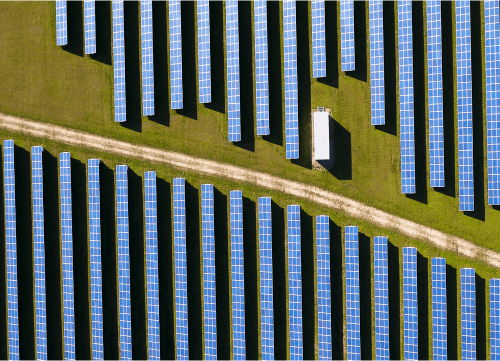
Want more news about clean energy activism? Sign up for our Greater Grid newsletter.
SubscribeWinona LaDuke, Ojibwe Nation
Winona LaDuke is a longtime and well-recognized Indigenous rights activist, working tirelessly on issues connected to climate change, human rights, green economies, clean water, local foods, and renewable energy. She is the former executive director of Honor the Earth, an organization dedicated to raising “awareness and support for Native environmental issues” and to developing “needed financial and political resources for the survival of sustainable Native communities.”
LaDuke is also the founder of the White Earth Land Recovery Project, which focuses on recovering the original White Earth Indian Reservation in Minnesota and preserving its people’s traditional practices. She currently runs her own hemp farm.
“As I reflect on the question of how to be a good ancestor, I reflect on intergenerational accountability. How do I account for my behaviors and decisions to my ancestors and to my descendants?”
Siqiñiq Maupin, Iñupiaq
Siqiñiq Maupin is leading the charge in the fight against fossil fuel expansion. They are the Executive Director and co-founder of Sovereign Iñupiat for a Living Arctic. They are part of a set of lawsuits filed against the Interior Department seeking to overturn the approval of the Willow oil project in northern Alaska.
“The oil and gas industry exerts so much power over those whose health and food are most impacted and who will most experience the climate harm and disaster [the Willow] project will fuel.”
Dallas Goldtooth, Dakota and Dine Peoples
Dallas Goldtooth mixes “traditional” activism — he leads the Keep it in the Ground Campaign for the Indigenous Environmental Network, which his father founded — with artistic activism through his comedy group, the 1491s. The 1491s portray modern Native American life through sketch comedy, which they believe can help educate and heal. Goldtooth has expanded his artistic reach as a cast member of the FX series Reservation Dogs. He spoke with NPR last year about combining his passions for comedy and organizing. Goldtooth stood up against the Keystone XL and Dakota Access pipelines, and was a water protector during the Dakota Access Pipeline protests. He is also a Dakota cultural/language teacher and a trainer in non-violent direct action.
“It’s all connected for those of us who are in the thick of it. The issue of mental health is directly connected to the issue of climate justice. The issue of housing and food security and economic security. These are all linked together for a lot of our experiences.”
Pinar Sinopoulos-Lloyd, Quechua and Turkish People
The list of what Pinar Sinopoulos-Lloyd has accomplished is long. A self-described “‘organism’ stewarding earth-based queer community through ancestral skills, interspecies relations and rites of passage,” they are the founder of Queer Nature, an organization dedicated to reconnecting queer people to the natural world to create a sense of belonging. In addition, they are a founding Council Member of Intersectional Environmentalist, a trans ambassador of Native Women’s Wilderness, and a founding member of the Diversify Outdoors coalition. Sinopoulos-Lloyd was the 2020 recipient of Audubon National Society's National Environmental Champion as well as the R.I.S.E. Indigenous 2020 Art & Poetry Fellowship.
“Nature is the source of resiliency and can be a mirror to ourselves. When we immerse ourselves in noticing the subtleties we glanced by and ignite our wild curiosity again, we are able to be present to the mirroring nature can provide of our own resilience. We can realize our own stories of survival and the awareness that developed post-trauma. This builds on our own inner resources for healing and resiliency within our internal landscape.”
Xiuhtezcatl Martinez, Mashika People
Xiuhtezcatl Martinez made his first public appeal for the climate at just six years old. At nine, he organized a youth Earth Guardians group to stop the use of pesticides in Boulder, Colorado, where he lived. By fifteen, he had already received the United States Community Service Award from President Barack Obama and addressed the UN General Assembly. Since then, he has served as the youth director of Earth Guardians and taken part in lawsuits including Juliana v. United States, which accused the government of inaction on climate change, and Martinez v. Colorado Oil and Gas Conservation Commission. Today, Martinez is a speaker and hip-hop artist who writes and performs music rooted in environmental justice.
“We have everything to lose. Everything is at stake for us. And I think it’s a combination of this very dire urgency that we experience and also a really powerful hopefulness.”
Jasilyn Charger, Cheyenne River Sioux Tribe
Jasilyn Charger witnessed the devastation of their peers on the Cheyenne River Reservation in South Dakota. Charger and their friends came together to create a youth group that eventually became the One Mind Youth Movement, which began by offering young people on the reservation a safe place and a sense of community and soon expanded to incorporate activism. Soon, the One Mind Youth Movement became an integral part of protests against the Dakota Access Pipeline. Since then, Charger has gone on to co-found the International Indigenous Youth Council and 7th Defenders, which aims to empower more youth from the Cheyenne River Reservation.
“A lot of people look at me as a youth leader, but I feel like I’m more of a conduit of energy and information. No one’s too young to start fighting for themselves.”
These nine activists are just a handful of the incredible Indigenous leaders on the front lines of the climate fight. Consider this list just a starting point!
Note: This blog post was originally published in November 2021. It was updated in October 2023 with new details.
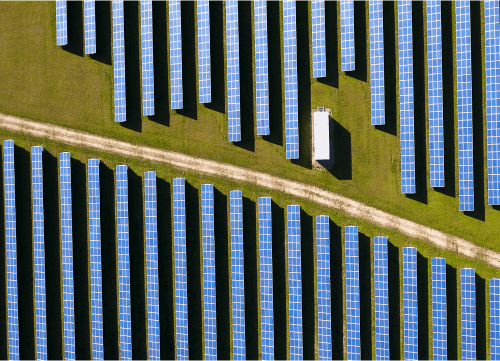
Want more news about clean energy activism? Sign up for our Greater Grid newsletter.
Subscribe